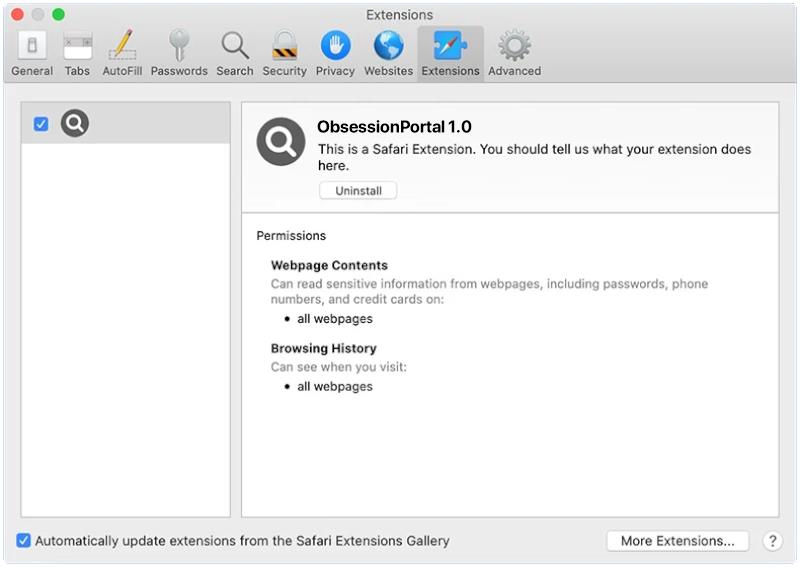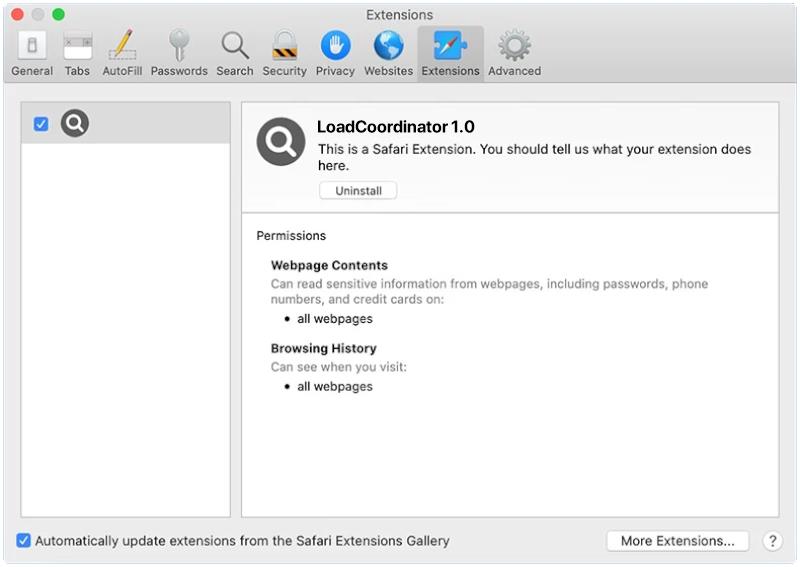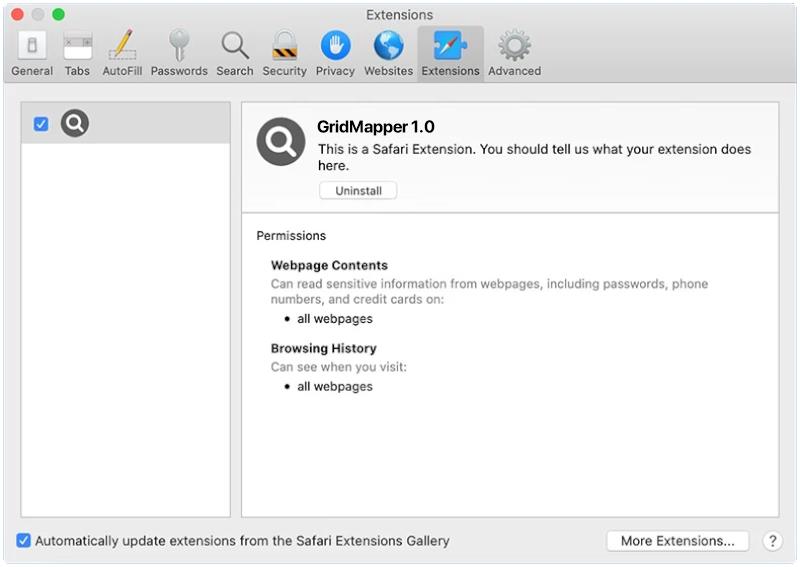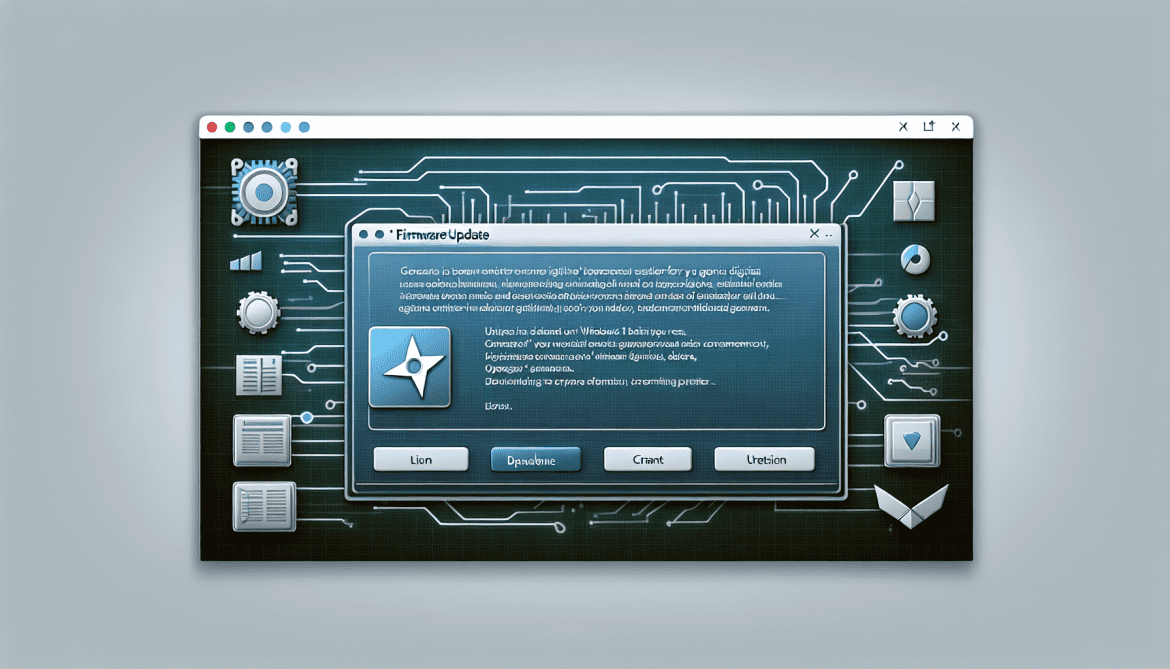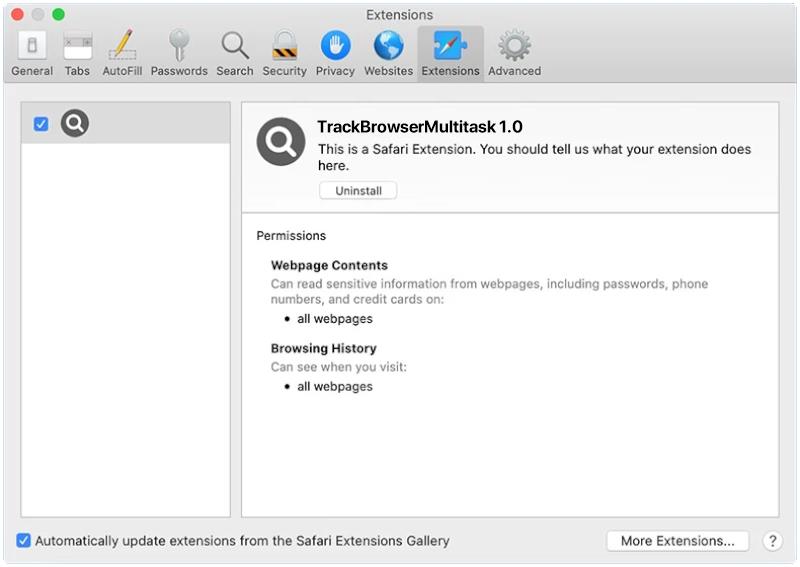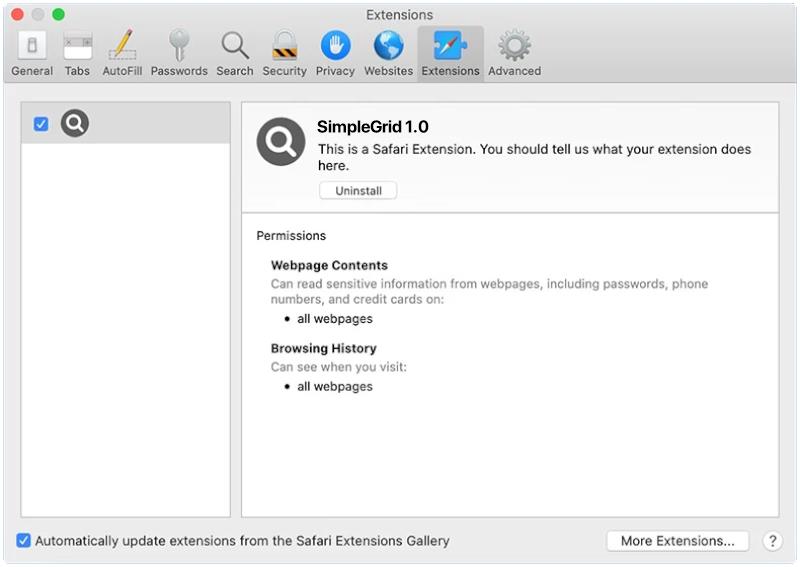ObsessionPortal is a type of potentially unwanted program (PUP) that targets Mac users. It is categorized as adware, which means that it displays unwanted advertisements and pop-ups on the infected system. ObsessionPortal typically enters a Mac system through software bundling, where it is included as an additional component in a legitimate software installer. Users may inadvertently install ObsessionPortal when they download and install software from untrustworthy sources or through deceptive advertisements.
Once installed, ObsessionPortal modifies the browser settings on the infected Mac, such as the homepage and default search engine, to redirect users to malicious websites and display intrusive advertisements. It may also track the user’s browsing habits and collect sensitive information for advertising purposes. Additionally, ObsessionPortal may slow down the system’s performance and cause browser crashes. To remove ObsessionPortal from a Mac system, users can use reputable anti-malware software to scan and eliminate the adware. It is important for Mac users to be cautious when downloading software and to always opt for custom installation to avoid unwanted programs like ObsessionPortal.

